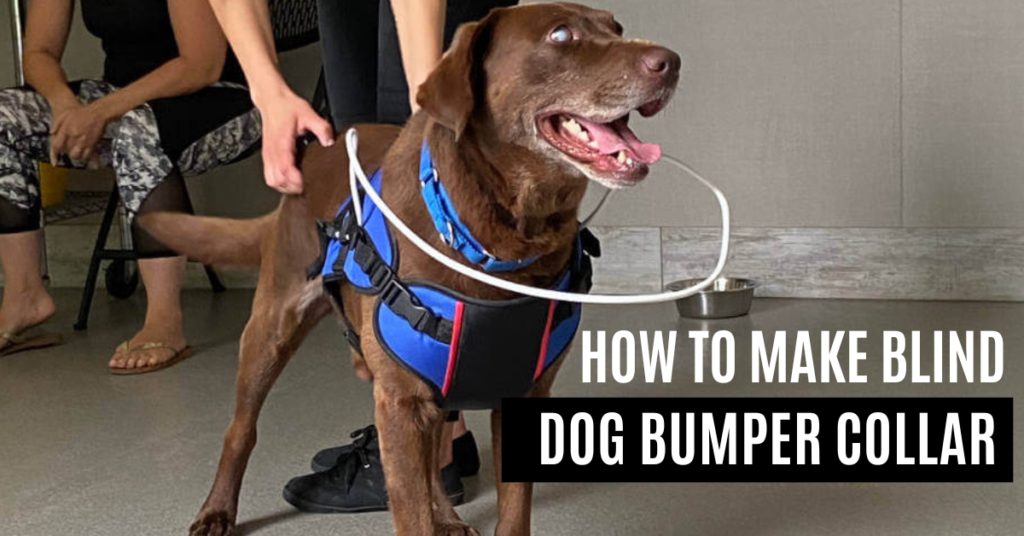“Ever wondered why your furry friend transforms into a crying ball of fluff as soon as you start the car engine?
It’s no secret that dogs have a wide range of emotions, and when it comes to car rides, their reactions can be quite intriguing.
Some dogs can’t contain their excitement and display a joyful display of crying as they eagerly anticipate the adventure that awaits. On the other hand, there are dogs who cry out of fear, feeling overwhelmed by the unfamiliar sights, sounds, and sensations that come with being in a moving vehicle.
Understanding why do dogs cry in the car can help us address their needs and make their travel experiences more comfortable. So, let’s delve into these two aspects – excitement and fear – to shed light on the reasons behind our canine companions’ tears on the road.
Why Dogs Cry In The Car – Common Reasons
There are several common reasons why dogs cry in the car, and as a pet owner, it’s important to understand what may be causing your furry friend distress.
1- Overwhelming Joy:
Some dogs simply can’t contain their excitement when they realize they’re going on a car ride. Their anticipation and enthusiasm may lead to happy tears, expressing their sheer joy and eagerness.
2- Association With Fun Activities:
Dogs are smart and observant creatures. They quickly learn to associate car rides with exciting adventures, such as trips to the park, the beach, or a playdate with furry friends. Their crying may be a way of expressing their excitement for the upcoming fun.
3- Social Interaction:
Dogs are social animals, and car rides often mean spending quality time with their beloved human companions. Crying may be their way of showing their eagerness to be with you and enjoy the company during the journey.
4- Sensory Stimulation:
Car rides provide dogs with a sensory overload, offering new sights, smells, and sounds. The excitement of exploring the world outside their usual surroundings can trigger tears of happiness and curiosity.
5- Anticipation Of New Experiences:
Dogs are naturally curious creatures, and a car ride presents opportunities for them to encounter new environments, meet new people or other animals, and discover unfamiliar scents. Their crying may reflect their anticipation for these novel experiences.
6- Motion Sickness:
Just like some humans, dogs can experience motion sickness during car rides. The movement of the vehicle can make their tummy feel queasy, leading to discomfort and crying.
7- Fear And Anxiety:
Dogs may cry in the car due to fear and anxiety. The unfamiliar sights, sounds, and smells of the car environment can be overwhelming for them, causing them to feel scared and uncertain.
8- Lack Of Familiarity:
Dogs thrive on routine and familiarity, so being in a moving car can be unsettling for them. They may cry because they’re in an unfamiliar space and have little control over the situation.
9- Negative Associations:
If your dog has had past negative experiences in the car, such as going to the vet or getting car sick, they may associate car rides with those unpleasant memories. This can trigger their crying as a response to the fear or discomfort they experienced before.
10- Separation Anxiety:
Dogs who experience separation anxiety from their owners may cry in the car because they feel anxious and worried about being away from their loved ones.
Understanding these reasons behind crying behavior will help you take appropriate action for your pup’s well-being when travelling together via roadways!
What You Can Do to Help Your Dog Feel Better
If your furry friend is crying in the car, there are a few things you can do to help them feel more comfortable.
- First and foremost, it’s important to understand why your dog may be crying in the first place. Perhaps they’re experiencing motion sickness or anxiety from being in an unfamiliar environment.
- To alleviate motion sickness, try giving your dog some ginger or peppermint before heading out on a car ride. These natural remedies can help settle their stomachs and reduce nausea.
- For dogs with anxiety, creating a calming environment within the car can make all the difference. Consider bringing along familiar items such as blankets or toys that have comforting scents for your pup. You could also play soothing music at low volume to create a relaxing atmosphere.
- Another helpful strategy is gradually acclimating your dog to car rides by taking short trips around town that end with positive experiences like treats or walks at their favorite spot.
Above all, it’s important to remain patient and understanding during this process of helping your dog feel better in cars.
Strategies To Help Your Dog Enjoy Car Rides
Strategies to Help Your Dog Enjoy Car Rides:
1. Start Slow And Steady:
If your dog is not used to car rides, start with short trips around the block. Gradually increase the distance and duration of the ride so that your dog can gradually get used to it.
2. Create A Comfortable Environment:
Make sure your dog is comfortable in the car by providing familiar bedding or toys. You can also consider using a crate or safety harness to keep them secure during the ride.
3. Use Positive Reinforcement:
Reward good behavior with treats, praise, and attention. This will help create positive associations with car rides for your pup.
4. Play Calming Music:
Some dogs respond well to calming music during car rides as it helps soothe their nerves and anxiety.
5. Address Motion Sickness:
If your dog suffers from motion sickness, talk to your vet about medication options before embarking on a long journey.
6. Take Breaks Frequently:
Plan rest stops along the way so that you can give your furry friend a chance to stretch their legs, drink water and take potty breaks.
Remember that every dog is different when it comes to enjoying car rides; what works for one may not work for another! Be patient and try different strategies until you find what works best for both you and your beloved pet!
Conclusion
Dogs crying in the car can be a distressing experience for both you and your furry friend.
However, understanding why do dogs cry in the car and taking steps to help them feel more comfortable will make car rides a much more enjoyable experience for everyone involved.
Remember that every dog is different, so it may take some trial and error to find the best strategies to soothe your pup.
With patience, consistency, and plenty of positive reinforcement, you can help your dog get over their fear of car rides and enjoy cruising around with their favorite human.
FAQs
How do I get my dog to stop crying in the car?
To help your dog stop crying in the car, try gradually desensitizing them to car rides by taking short trips, providing a comfortable and secure space, and using positive reinforcement techniques.
How do I get rid of my dogs anxiety in the car?
To help alleviate your dog’s anxiety in the car, gradually desensitize them to the car environment through positive associations and consider consulting a professional dog trainer or behaviorist for guidance.
Why do dogs cry when you get out of the car?
Dogs may cry when you get out of the car because they experience separation anxiety and don’t want to be separated from their beloved human companions.
Do dogs cry when they are sad?
No, dogs do not cry tears like humans do when they are sad. However, they may exhibit behaviors such as whimpering, whining, or vocalizing to communicate their distress or unhappiness.
Is it bad to cry in front of your dog?
No, it is not necessarily bad to cry in front of your dog. Dogs are often sensitive and empathetic creatures, and they can provide comfort and support during emotional moments.
Do dogs think we are their parents?
While dogs may form strong bonds with their human caregivers, they do not perceive humans as their biological parents. They recognize and view humans as their social companions and providers of care and affection.



